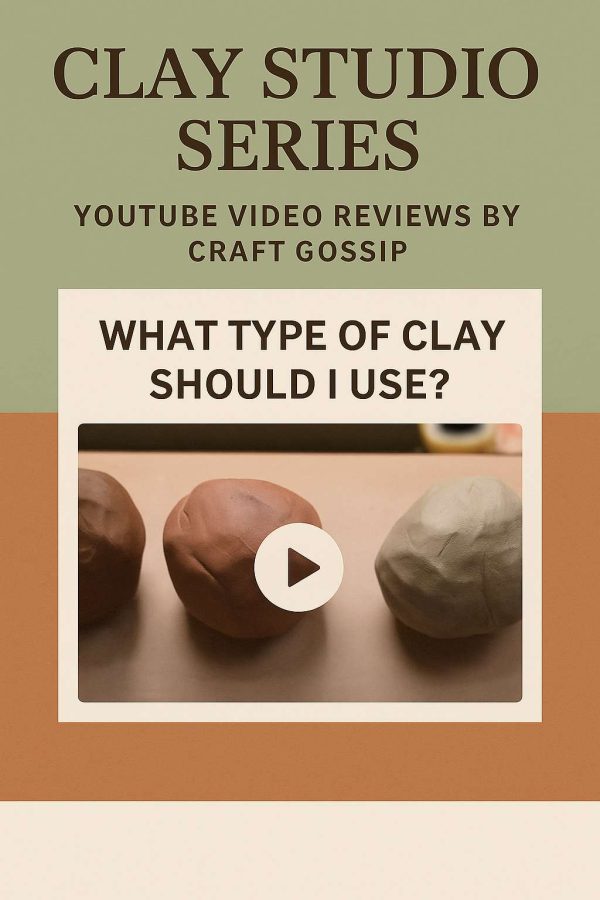
The basic recipe for a faux jade / aventurine in polymer clay is translucent clay mixed with a small amount of green (or several greens). Add a little bit of dried herbs, mica powders, paints, or what not if you want inclusions or matrix patterns. Form your pieces without mixing up the colours too much. Cure, sand, sand some more, and buff like a mad woman. Joe Patouille’s YouTube tutorial is a nice step through of it.

Wish you had posted a video in English
Roseanne there’s very few actual words in the video and the pictures are pretty explanatory, promise!
Soooooo…. does it automatically go from a white color with little green flecks to looking like actual jade? Or was there a step missing? Also… what were the green flecks? Honestly, I’m no closer to creating that than I was four minutes ago…
Translucent clay – and this is mostly translucent clay with a small amount of scraped in colour – always looks kind of milky to me.
I’d make a tiny test piece to see if there was enough green colouring before doing a larger batch because I’m always tweaking recipes.
Hi, what do you use for the green color, scraped pastel, scraped crayons, food color? Thanks.
The video uses pastel but I would use – have used – alcohol inks and also small amounts of green clay. You get a mix of cloudiness then. If you want the least cloudiness, go for the alcohol inks.